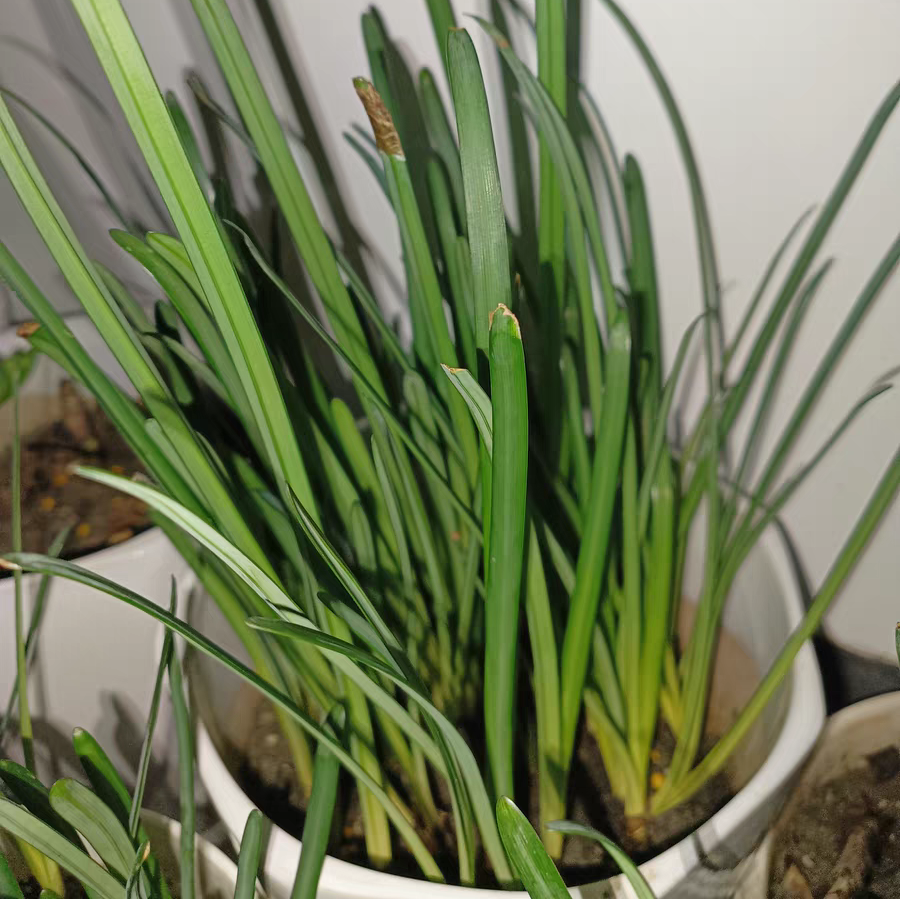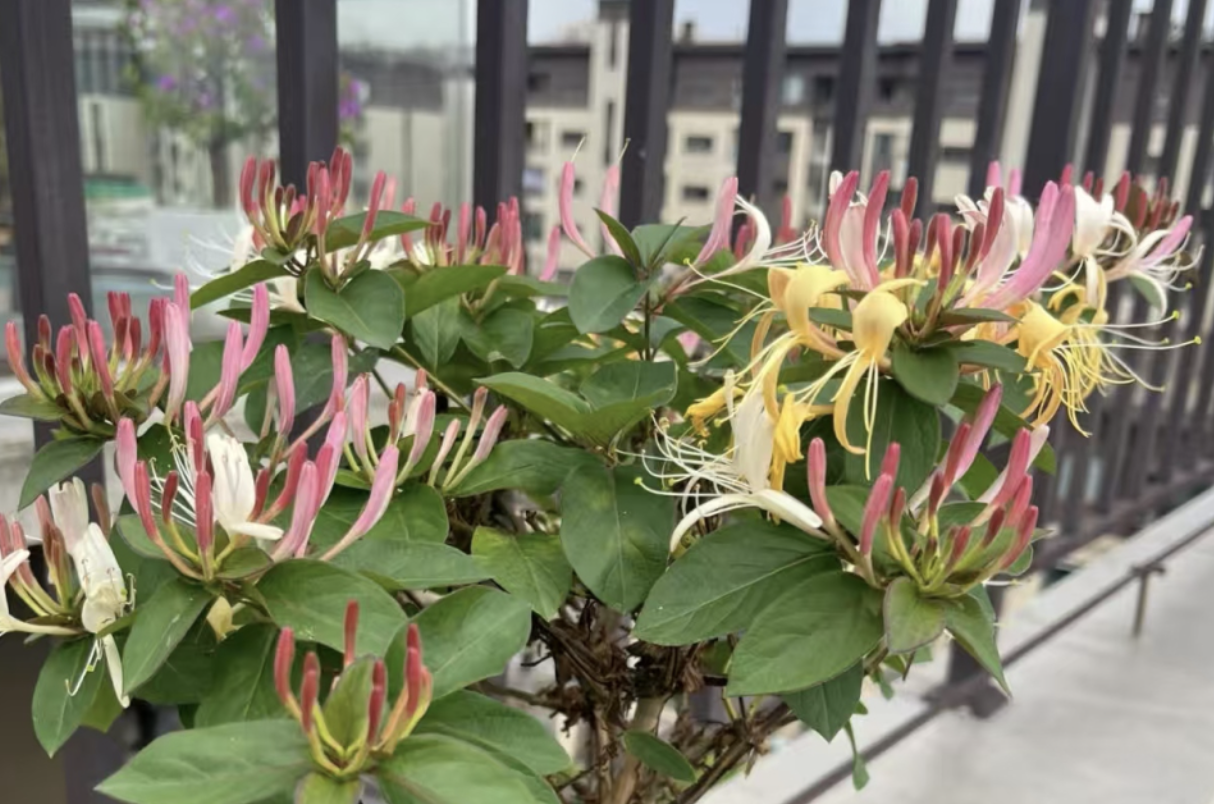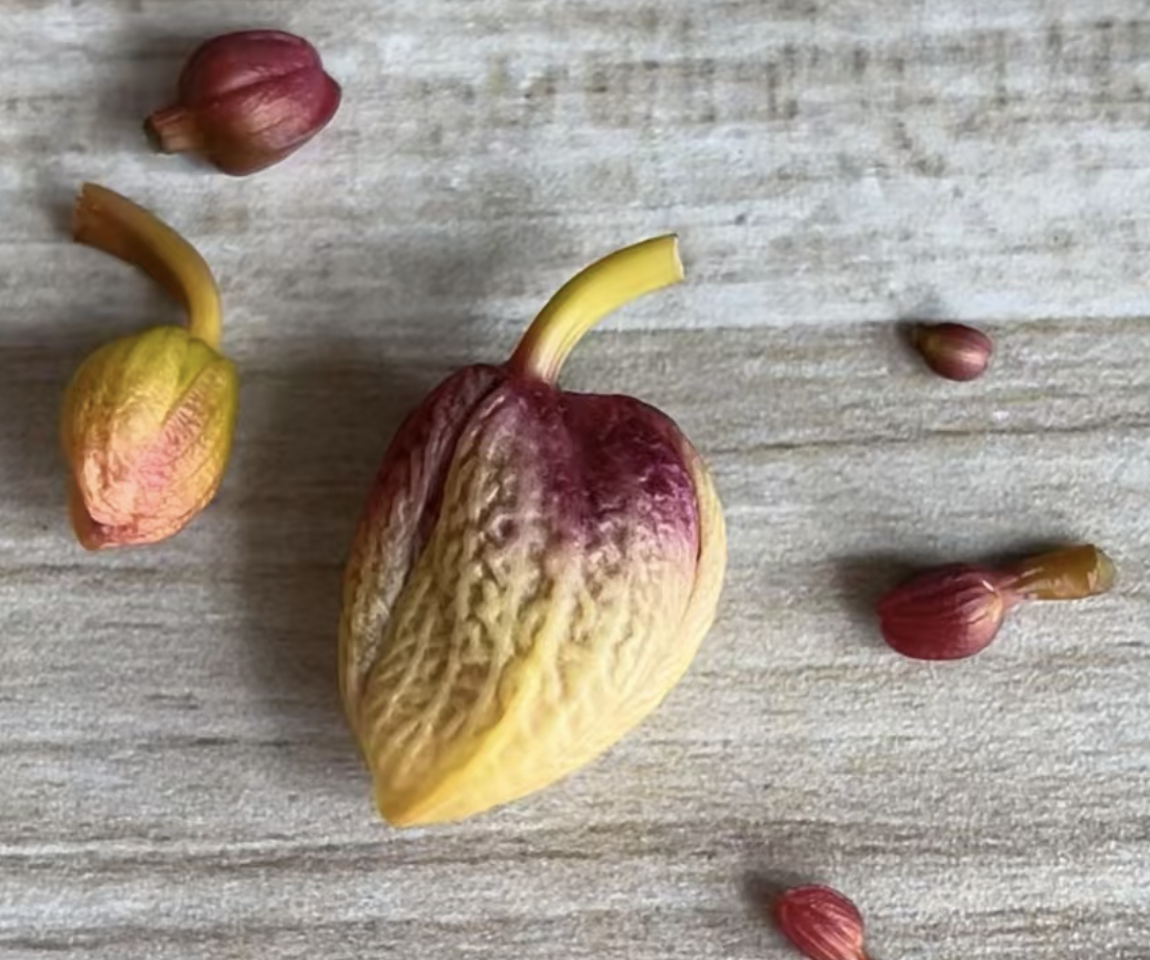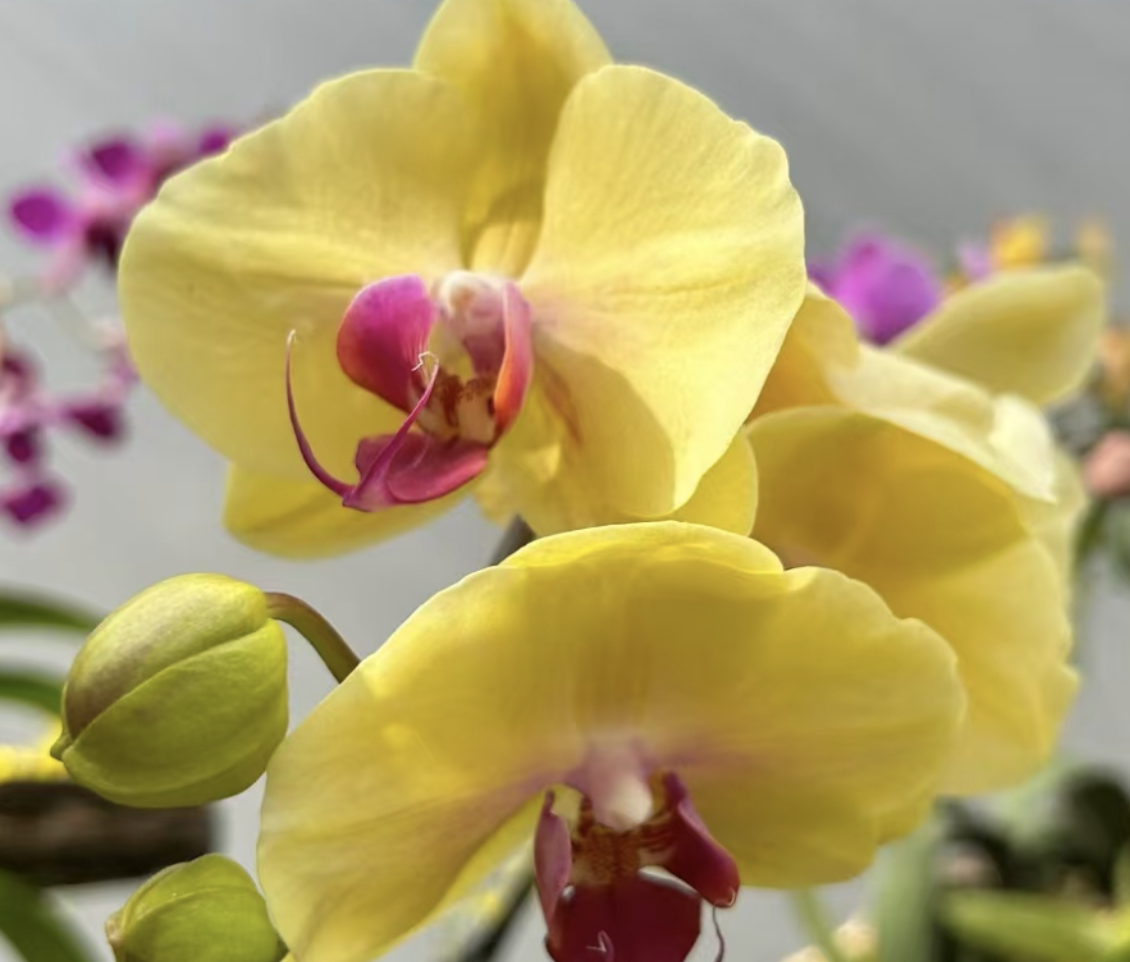Today, I'd like to introduce a unique and charming flower to you all - Lycoris radiata.
First, let's talk about the special features of Lycoris radiata flowers. Its flower stems shoot out straight from the soil, and the flowers bloom alone without the company of leaves. This aloof posture is really eye-catching. The flower shape is like a small umbrella, with slender and curly petals. It has a rich variety of colors, including bright red like fire, pure white like snow, and shiny yellow like gold. Each color emits a unique charm.
Next, let's discuss when Lycoris radiata blooms. Generally, Lycoris radiata blooms from August to September. At this time, the weather is still a bit hot, but one by one, the flowers emerge from the soil. Without the accompaniment of leaves, they bloom all alone, which is really full of personality.
Now, let's talk about the difference between Lycoris radiata and the Red Spider Lily. This is really an interesting topic. Many people think that Lycoris radiata is the Red Spider Lily. In fact, that's not entirely correct. The Red Spider Lily is a type of Lycoris radiata. They have an inclusive relationship. The Red Spider Lily usually refers to Lycoris radiata var. radiata, whose color is as red as fire and extremely bright. As for Lycoris radiata, besides Lycoris radiata var. radiata, there are also other colors and varieties such as Lycoris aurea and Lycoris albiflora. In terms of flower shape, they are all a bit similar. They all have slender petals that stretch out in all directions like little claws and look particularly enchanting. However, when different colored Lycoris radiata are put together, each seems to have its own unique charm.
Finally, what should we pay attention to in the daily care of Lycoris radiata?
Light: Lycoris radiata likes an environment with sufficient scattered light. It can be placed in a place with bright light but not directly exposed to sunlight, such as a position by the window with a gauze curtain for shade. Direct and strong sunlight may burn the flowers and flower stems and make it lose its original beauty.
Watering: Lycoris radiata has a fairly good drought tolerance. There is no need to water it too frequently. Just keep the soil slightly moist. Generally, water it when the soil surface is dry, and make sure to water thoroughly. It's extremely important to avoid waterlogging, as waterlogging can easily lead to root rot and affect the growth of the plant.
Soil: It doesn't have very high requirements for the soil. Loose, fertile and well-drained soil is the most suitable. You can mix leaf mold, peat soil and perlite in a certain proportion to ensure that the soil has enough air permeability and nutrients.
Temperature: Lycoris radiata is relatively cold-resistant, but it grows better in a warm environment. The suitable growth temperature is around 15 - 25 °C. If the temperature is too low in winter, take good measures to keep it warm; when it's hot in summer, pay attention to proper shading to lower the temperature.
There is also an important point to remember. The whole plant of Lycoris radiata is poisonous! Be especially careful during the care process. If there are children or pets at home, place Lycoris radiata where they can't reach it to avoid poisoning caused by accidental ingestion or contact with the juice.
All in all, Lycoris radiata is a flower with a lot of personality. As long as we take good care of it and pay attention to safety issues, we can enjoy its unique beauty.
Is Lycoris radiata poisonous? In which months does it bloom?

Share with
Tagged in :




Leave a Reply